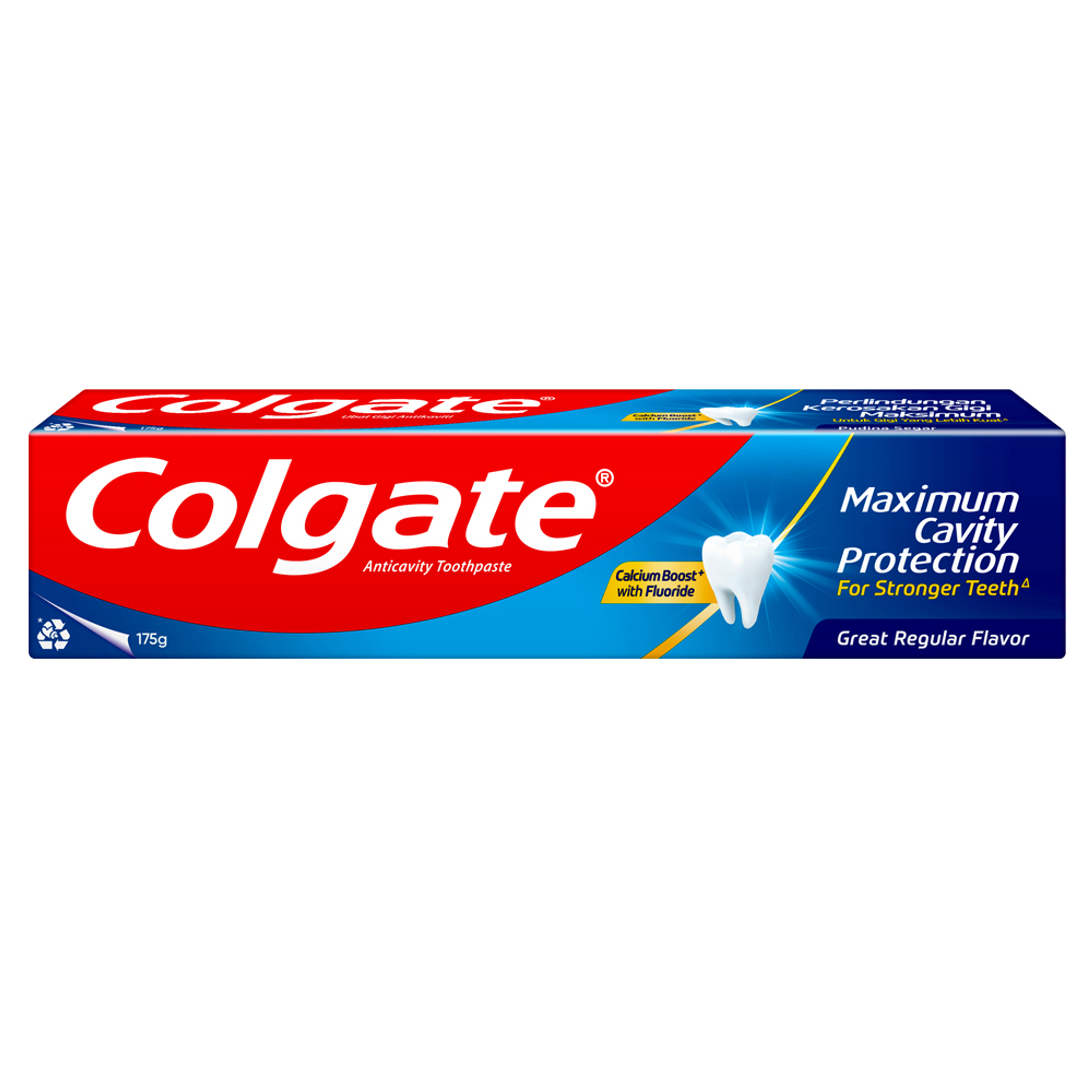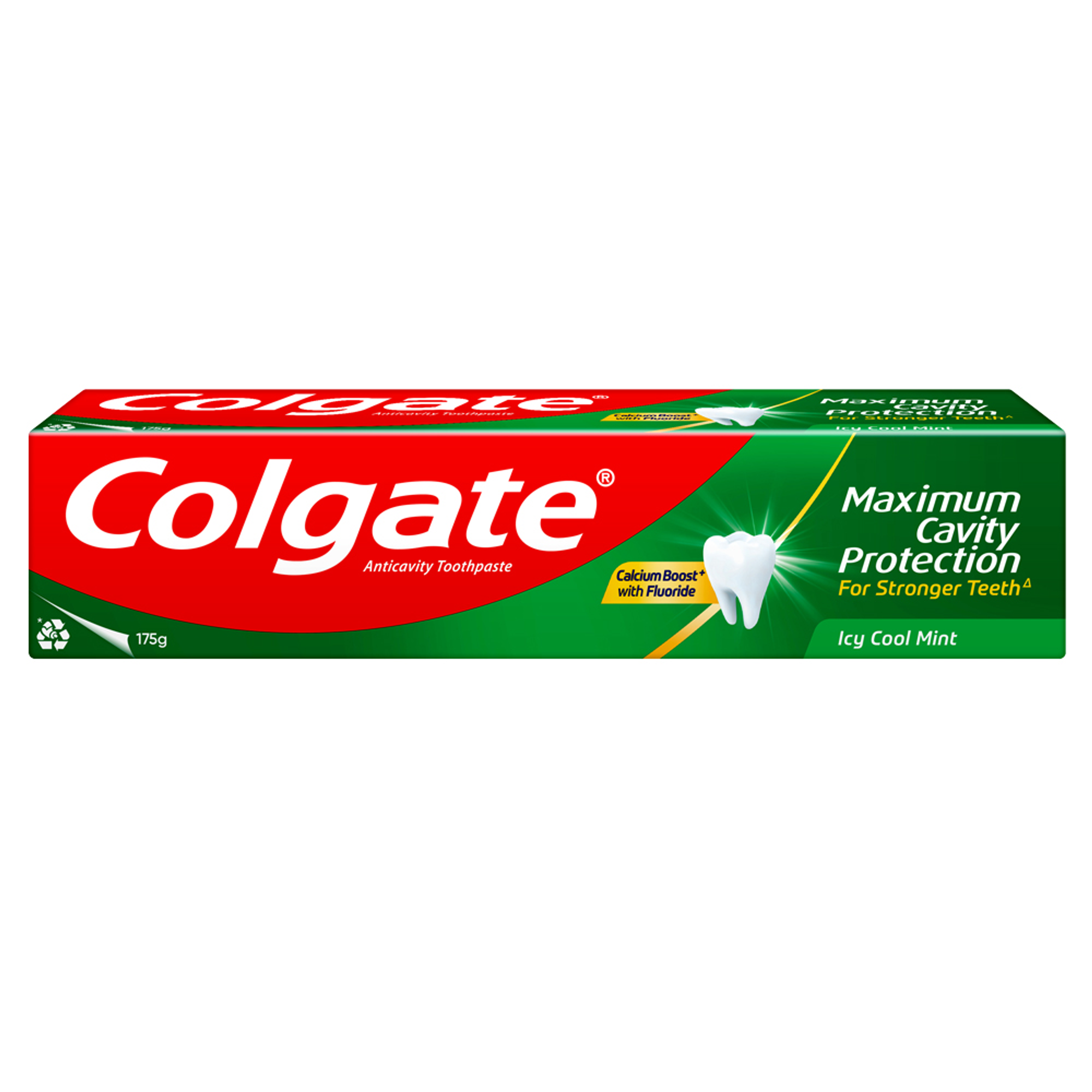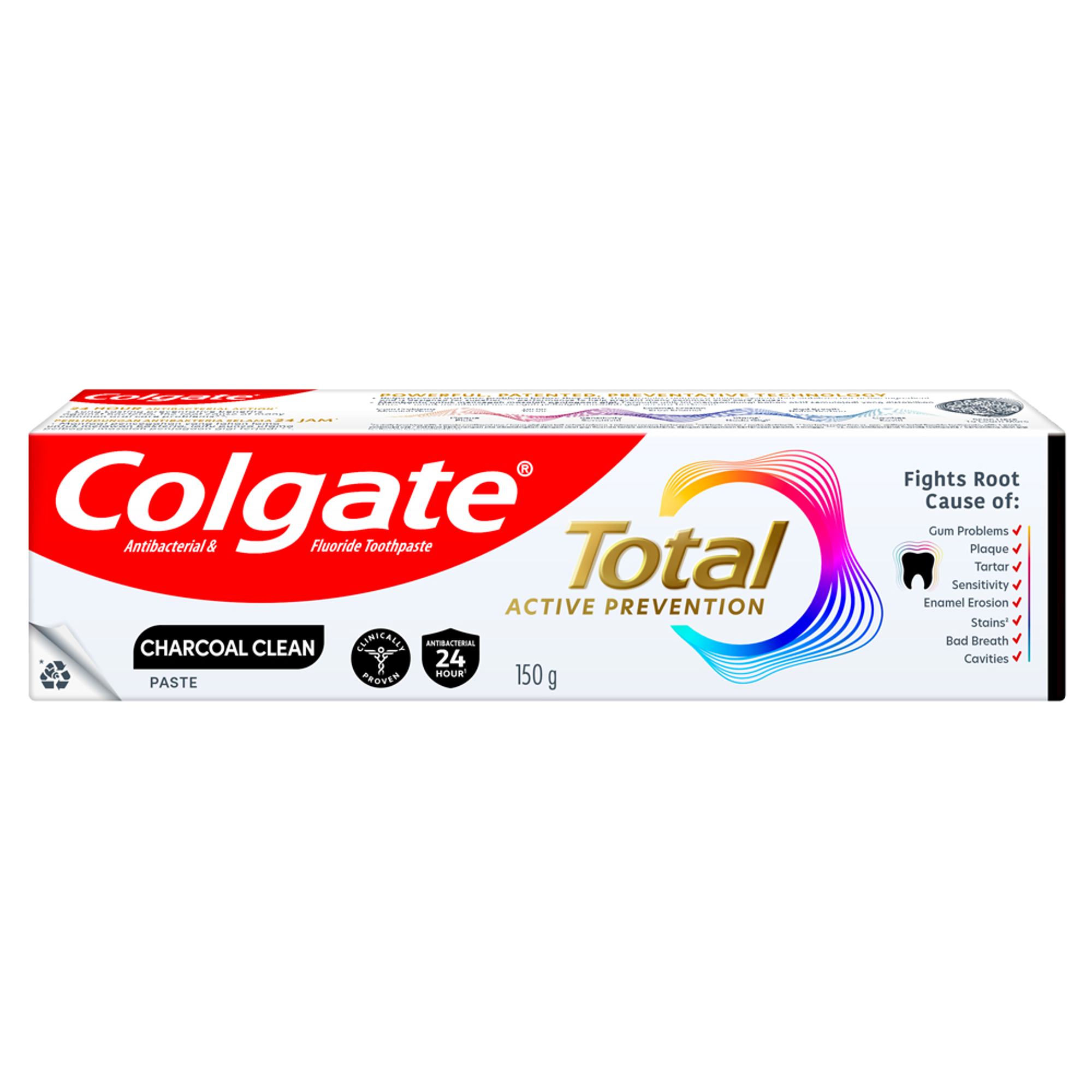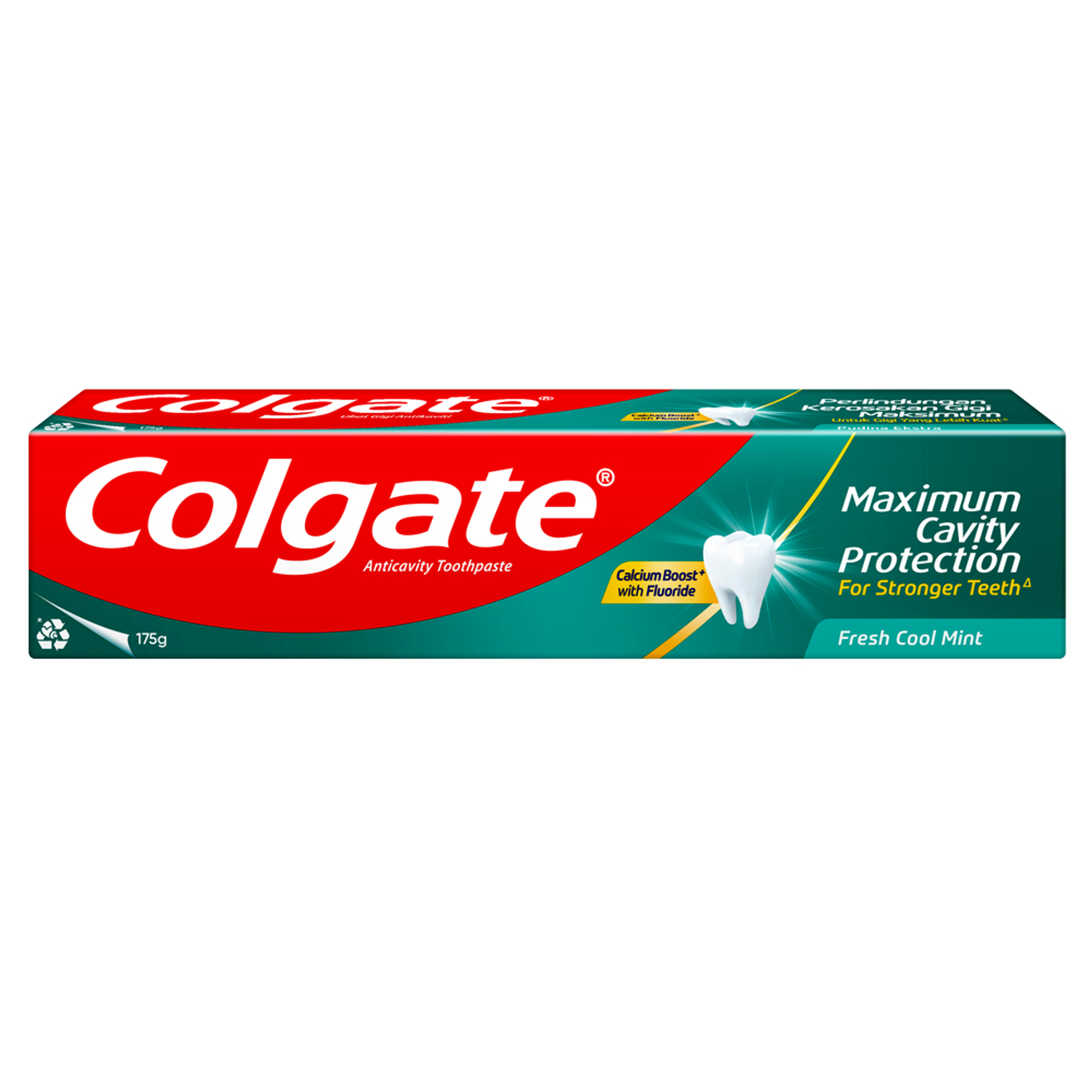- Oral Health and Dental Care | Colgate®
- Oral Health
- Whitening Toothpaste - Hydrogen Peroxide vs. Carbamide Peroxide


Common Whitening Toothpaste Ingredients
- Hydrogen Peroxide- Hydrogen peroxide has a long history as a bleaching agent in things like hair lightening products. When used in whitening toothpaste, hydrogen peroxide gently removes common food stains on the enamel and can make a big difference when it comes to whitening your smile. Hydrogen peroxide works by removing extrinsic stains and — in some cases — intrinsic stains, as opposed to toothpastes that use high cleaning silica, which only removes surface stains on the outer layer of the teeth.
Because hydrogen peroxide is so good at whitening your teeth, it is true that higher concentrations can speed up the whitening process. But for safety reasons, higher percentages of hydrogen peroxide are only used during in-office teeth whitening procedures administered by your dentist. During professional whitening procedures, the level of hydrogen peroxide can be as high as 25% to 40%, which is far more than what is considered a safe amount for at-home use.
- Carbamide Peroxide- Used in both over-the-counter whitening products and home-use remedies from your dentist, water-based carbamide peroxide breaks down into two components: hydrogen peroxide and urea. After the breakdown occurs, the hydrogen peroxide is actually what whitens your teeth. A whitening product that contains 10% carbamide peroxide will typically break down to 3.5% hydrogen peroxide, depending on the concentration.
If you're unsure which whitening toothpaste ingredient is best, talk to your dentist before making a decision. They can help you find the best option for you to get the results you want.

Instantly colour-corrects yellow tones^
^For temporary efficacy
Why Use Whitening Toothpaste
Some stains on your teeth don’t react to whitening toothpastes because they become part of the internal structure of the tooth. However, if you use a whitening toothpaste, many of your deep set stains may diminish, depending on the source of the stain and how long it's been there.
Unlike whitening toothpaste, whiteners such as whitening strips or whitening gels are not designed to remove plaque and keep your teeth clean. These products only contain whitening ingredients and do not protect teeth against cavities. Whitening toothpastes are specially formulated to clean and protect your teeth while working to remove stains at the same time.
Is Whitening Toothpaste Safe?
When used properly and as directed by the manufacturer’s instructions, both hydrogen peroxide and carbamide peroxide based tooth whitening is safe and effective. Always read the manufacturer’s label to be aware of any risks and call your dentist if you experience any side effects. The most common side effect of using hydrogen peroxide to whiten your teeth can be teeth sensitivity.
According to the American Academy of Pediatric Dentistry's 2019 policy on dental whitening for adolescent patients, whitening should only be used on primary and young permanent teeth if supervised by an adult and under the guidance of a dentist.
Don’t let surface stains keep you from sporting a confident smile. Ask your dentist about using a whitening toothpaste to make your pearly whites shine while keeping your teeth clean and protected.
Related Articles

A black spot on teeth may appear as a stain or cavity. It can be caused by decay, plaque buildup, or staining foods. Learn what it means and how to treat it

You know you want to take care of your teeth but you just can't help it — you have a sweet tooth! So you're asking, "What should I eat when I crave for sweets?" Luckily, there are lots of easy options to choose from. Here are ten healthy (and tasty!) alternatives to sweets:

Related Products

Helping dental professionals
More professionals across the world trust Colgate. Find resources, products, and information to give your patients a healthier future










